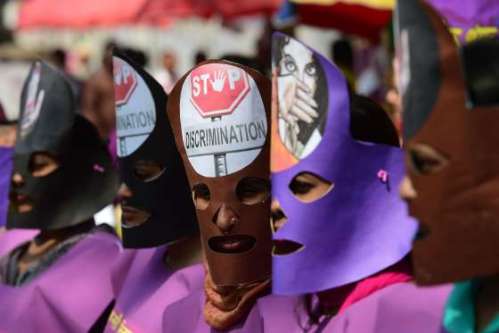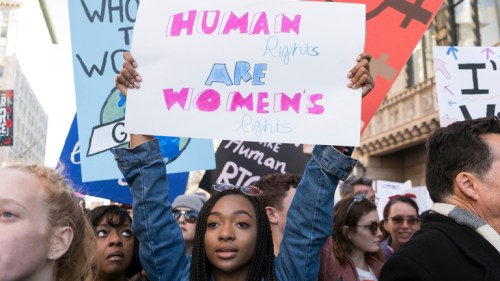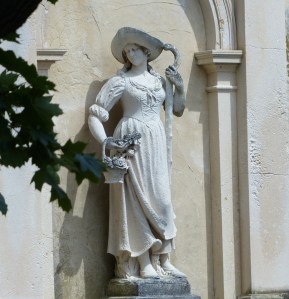Diane, Sister #3, is on my mind today. Diane died from ALS in February 2006. Her death was a mixed blessing. A release from imprisonment in her physical body, and a reminder that the ‘good’ life is about more than being free of catastrophic illness. Including Covid-19.
Houston, Texas – 17 February 2006
Diane directed that my remarks today be “personal, with no preachy tones.” As I thought about what to say, I came up with only one topic that guarantees I’m being personal—that I’m not avoiding the subject Diane knows none of us can avoid when we talk about her.
Remembering Diane’s Body
Diane had a human body—loved by God
A female body:
—The body of God’s beloved daughter child
—Known to Jesus Christ as a sister for whom he died
—A female temple of God’s Holy Spirit on this earth
A one-of-a-kind body:
—Created and sustained by God
—Loved and nurtured by God’s ministering servants here on earth:
——Her husband, two sons and one daughter
——Her large, extended biological family
——Her church family
——Her nursing family
——Even the family collection of dogs
Diane’s life was shaped by bodily infirmity.
—She would hate that I just used that word!
Diane refused to think, act or behave as a person identified by an “infirmity.”
Yet the truth is simple:
—Diane’s life was shaped by loss in her left arm due to polio.
From a parental point of view, Diane’s weak arm was cause for protective measures.
From Diane’s point if view it was cause for excelling in whatever she supposedly couldn’t or shouldn’t do.
Not only would she do all these things,
She would do most of them better than any of us, things like
—Riding a bike, swimming and playing basketball
—Sewing dresses and suits
——not hankies and curtains, but fancy dresses, and suits with tailored blazers
—Then there was photography, not with small, lightweight equipment,
——but with the best possible equipment and attachments she could afford and lug around!
Diane developed an uncanny knack for figuring out how to carry out activities like these without compromising quality or expertise in the slightest.
She also developed an uncanny knack for taking advantage of our parents’ desire to protect her.
Only as an adult did she confess that her habit of disappearing from the house to do yard work (and not housework) was not motivated chiefly by her pure desire to help Daddy. Rather, she knew neither Daddy nor Mother would send or call her back inside the house for the latest instruction or practice in vacuuming, dishwashing, dish-drying, table setting, ironing or putting clothes away.
To us, Diane’s body was both normal and different—though it all felt pretty normal most of the time. Certainly not life-threatening.
Then each of us, her three sisters, got a telephone call from Diane in January 1996.
Diane had ALS. She was direct and clear:
—There is no cure.
—The disease is terminal.
—I’m going to need help. Lots of help.
Diane’s left arm shaped her as a child, as a young person and as an adult.
Now Diane’s entire body began shaping her and her family,
beginning most painfully with her husband, two sons and daughter,
and reaching out to all of us gathered here today.
For the last 10 years I’ve flown down to Houston about 4 times a year to visit Diane. But not just to visit her. I’ve come to witness a journey—Diane’s very personal journey with ALS. A journey that relentlessly put Diane’s physical body at the center of attention.
As young girls we weren’t encouraged to pay much attention to our bodies.
Bodies were a necessary but usually uncomfortable necessity—especially female bodies. Now, with ALS, Diane was consumed by what was and was not happening in her body.
She suffered losses beyond comprehension—most in fairly rapid succession over a period of years, starting with physical losses such as mobility, ability to care for her own personal needs, eating and swallowing, ability to speak on her own, and breathing.
She also suffered loss of her position here at the church:
—Loss of her dream of being ordained
—Loss of work and personal relationships as her body more and more seemed to intrude as a difficulty or a problem to be solved
—Loss of time for herself or her family and friends, as personal care began gobbling up hours out of each day
—Loss of privacy: total and absolute, with only one exception—the thoughts in her mind, which included her life with God
—Loss of little things such as swatting at a mosquito feasting on her neck (as she put it); scratching where it itches; singing in church; being in the middle of the action and making wisecracks
More painfully, she suffered loss of other things such as giving her children a hug, or embracing her husband face to face. As a female she suffered what most women dread—loss of control over personal presentation of herself: hairstyle, makeup, body language. She became the subject of stares and quickly averted eyes.
Diane’s body seemed to be calling the shots.
True to who she already was, however, Diane kept showing up—fully with and in her body marked more and more by ALS. It was as though she were saying
- I’m still here—in my body
- I’m still Diane—in this body
- I am not whatever you think a terminally ill person should be
- I am not predictable
- I am not a saint
- I’m still Diane!
- I’m still here and I’m still fully engaged in living–living with ALS
- I will be who I am—angry, frustrated, filled with anxiety, filled with human longings and everyday needs; direct and clear without being mean
- I’m dying
- We need to talk
- Now
As always, nothing was too sacred for a good healthy laugh. Especially about her body with its unpredictable body parts, behaviors and small crises: facial movements, biting her own lip, laughing uncontrollably, head falling over from time to time, drooling from time to time.
Diane continued to be who she already was:
—Determined to speak for herself in her own words, not yours or mine
—Determined to be heard and heeded
She was still directive—now in ways that boggled the mind:
—To-do and Do-not-do lists for family, nurses, friends and strangers
—Rules for how Mom is to be driven in her new van and who gets to say when the rules are being broken (Mom, of course).
—She was still a masterful strategic planner—only now she had to figure out how to get you to do what she could no longer do, but somehow knew must be done.
As always, Diane wasn’t about to fade into the woodwork. She kept showing up in the flesh—in her ALS-shaped flesh: at church, in shopping malls, at weddings for her daughter and one of her sons, and even—one month ago, believe it or not, to inspect her daughter, son-in-law and granddaughter’s new home.
Diane remained insistent that she be given choices, and that her choice was the final choice:
—Clothes and accessories for church
—Medical options
—What to keep and what to discard from the kitchen cupboards
—Which movie to watch
—And how this service today would be shaped,
——including the names of all active male pallbearers
——and the names of all 25 honorary female pallbearers!
Diane made her concrete mark in, with and through her concrete, ALS-shaped body.
To deny she was among us in the flesh would be to deny her existence.
To some extent, each of us gathered here to honor and grieve her passing has been a witness. So many of you are so full of memories. I can’t speak for you and I won’t get preachy, but I will be confessional:
Eulogy delivered 17 February 2006, © Elouise Renich Fraser, 17 February 2006
Blog post © Elouise Renich Fraser, 15 April 2014






 Claude Monet, Poppy Fields near Argenteuil
Claude Monet, Poppy Fields near Argenteuil Bhubaneswar, India – Sand Sculpture by Manas Sahoo
Bhubaneswar, India – Sand Sculpture by Manas Sahoo Thane, India – Fashion Show by Acid Attack Survivors
Thane, India – Fashion Show by Acid Attack Survivors Dhaka, Bangladesh – March in support of Int’l Women’s Day
Dhaka, Bangladesh – March in support of Int’l Women’s Day 
